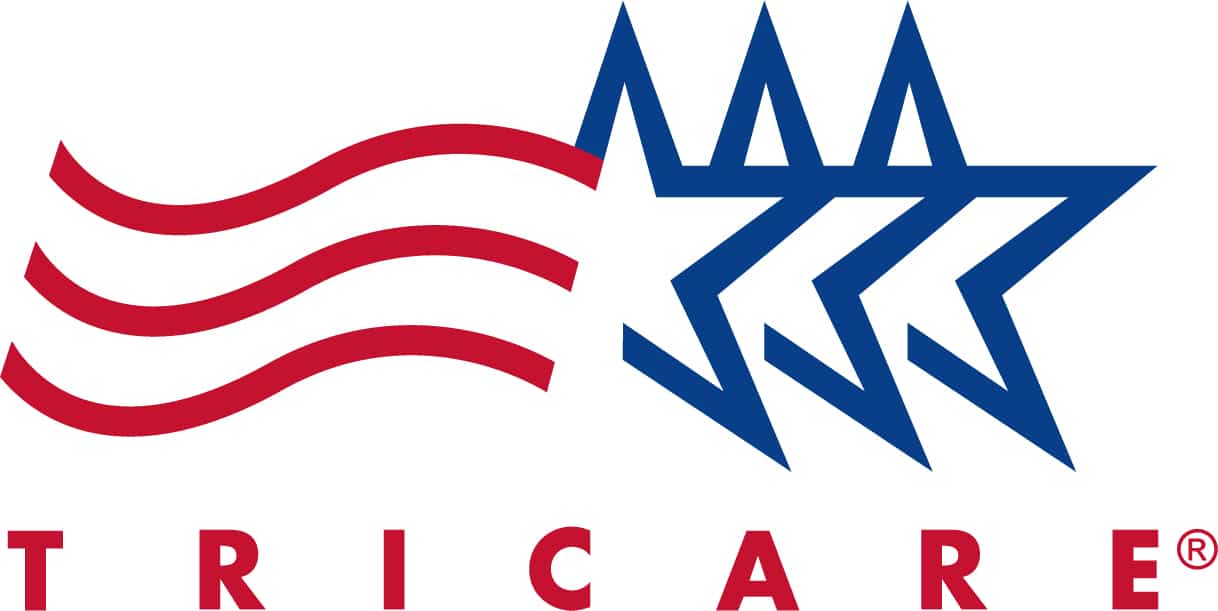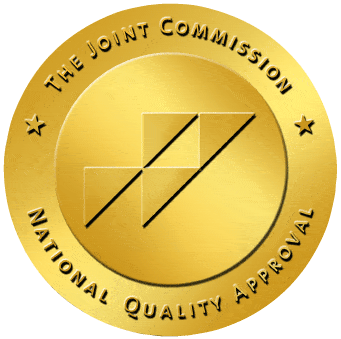Partial Hospitalization Program
Full-Day Therapy, Independent Living

Partial Hospitalization Program
Full-Day Therapy, Independent Living
COVID-19 Coronavirus Update
Arrow Passage Recovery is still accepting new patients at this time.
We currently have zero diagnosed cases of COVID-19, and are taking extra precautions to protect the health and safety of our clients, staff, and community.
If you have any questions or concerns, please call us at: 844-347-0543
Purpose of Transitioning to PHP
PHP is a structured program providing care at least five days a week for no less than six hours per day. Partial Hospitalization Program patients attend daily programming, structured group therapy, and weekly individual therapy sessions, while continuing to live at home.
During inpatient treatment at Arrow Passage Recovery, you can completely focus on getting well and sober without the distractions of everyday life. The purpose of PHP is to move patients away from around-the-clock supervision and offer more real-life experiences in the community.
We provide greater access to the community and outside support group meetings, while teaching how to have fun in recovery through recreational activities and experiential therapies. PHP at Arrow Passage Recovery provides a mix of outpatient individual and group counseling in a setting with medical services. Nurses and physicians are available for clinical care, such as medically supervised withdrawals.
Patients often enter a PHP after being an inpatient, and the PHP is used as a step-down in the intensity of services provided.
Overall, the partial hospitalization program at Arrow Passage Recovery can be just as effective as a residential program, provided you have the support and safety of a healthy living environment. Additionally, this type of program makes a great follow-up or aftercare treatment after a residential rehab.
PHP at Arrow Passage Recovery
The staff at Arrow Passage Recovery partial hospitalization program assess each patient and generate a unique treatment plan. Treatment often includes classes about drug use as well as therapies.
While in the Arrow Passage Recovery PHP program we will provide all the support, structure, and resources that you would have in a residential treatment center. You will be assigned a counselor or caseworker who will work with you to develop an individual treatment plan.
Relapse prevention, education, and other services are also offered. We encourage you to create a recovery community by bonding with your peers. Along with achieving sobriety, our goal is to help you learn how to have fun in recovery.
Dual Diagnosis and Partial Hospitalization Programs
For more than 11 million Americans, substance abuse exists alongside a mental health disorder. This co-occurring condition is also called dual diagnosis. In adult Americans, ages 18 and older, in 2017, there were 18.7 million people with a substance use disorder. 1
What Is a Partial Hospitalization Program?
The goals of partial hospitalization programs are to help:
- Maintain abstinence
- Manage psychiatric disorders, where psychiatric disorders are co-occurring with their chemical dependencies
- Develop a supportive environment that fosters ongoing recovery
- Deal with psychosocial stressors related to psychiatric/substance abuse disorders
Typically, a partial hospitalization program is a step below the intensive immersion of a residential treatment facility (where care is provided 24/7) and a step above an outpatient program (where a person may spend only an hour or two per day, only several days a week).
What Is It Like In a PHP?
Partial hospitalization programs typically last from six to 12 months. Upon completion, an outpatient treatment program (OP) that lasts six months or longer is needed. An OP helps with recurrent mental health conditions, such as depression or bipolar disorders, as well as managing any medication assisted therapy and supportive counseling. 3
How Is Detox Different in a PHP?
A medically supervised detox is the necessary first step in treatment to prevent painful and sometimes dangerous withdrawal symptoms from occurring once illicit substances are stopped or reduced. After an initial assessment, the best detox option is determined.
- Severity of the addiction
- Substances abused
- Amount and length of the history of abuse
- Psychosocial issues
- Age
- Co-existing medical and/or psychiatric conditions
Inpatient programs provide detox services to clients who are in danger of severe withdrawal who will then need the highest level of medically managed intensive care. In contrast, PHPs provide services to clients with mild-to-moderate withdrawal symptoms that probably won’t be severe or life-threatening.
Who Is a Good Candidate for a PHP?
There are several scenarios that would make a person a good candidate for entry into a PHP:
- In some cases there is a need for psychiatric and medical care and supervision to provide stabilization and to prevent the use of illicit substances. Once the person is stabilized, a transition into inpatient treatment typically occurs.
- A person might also use a PHP as a transitional tool from residential treatment into everyday living. Rather than go into outpatient treatment after residential rehab, entering a PHP first can help make the transition to the outside world easier.
- A PHP can be an excellent first step towards independent living, because it’s possible to maintain autonomy, while also receiving intensive therapeutic treatment on a consistent basis.
- For some people, a partial hospitalization program is an ideal alternative to inpatient treatment because they can go home at night and attend to personal obligations. Also, a PHP is an affordable alternative to residential rehab.
Following an inpatient medical detox and residential rehab, a PHP is a good way to gradually transition back into the community with a steady foundation of recovery.
How Might This Impact My Family?
Anytime a family member is in substance abuse treatment, it will affect the family. Partial Hospitalization Programs are a good option for people with family obligations as the impact to the family can be minimized by offering a workable, effective alternative to inpatient treatment with less stigma and burden to the family. 4
Partial Hospitalizations programs provide the freedom to fulfill family obligations in the evenings and on weekends. PHPs also help to shorten the length of treatment and reduce the expense compared to residential rehabs, so the financial burden is less on the family. Due to these advantages, partial hospitalization programs have grown steadily since the mid-1980s.
How Can I Make My Treatment a Success?
- Go to an emergency support group meeting
- Schedule a therapy session
- Call a peer or loved one for support
- Reenter a treatment program
Resources
- https://www.samhsa.gov/data/sites/default/files/cbhsq-reports/NSDUHFFR2017/NSDUHFFR2017.pdf
- https://www.ncbi.nlm.nih.gov/books/NBK64109/#
- https://archives.drugabuse.gov/sites/default/files/approachestodacounseling.pdf
- https://www.ncbi.nlm.nih.gov/pubmed/4059096
- https://www.drugabuse.gov/publications/principles-drug-addiction-treatment-research-based-guide-third-edition/drug-addiction-treatment-in-united-states














